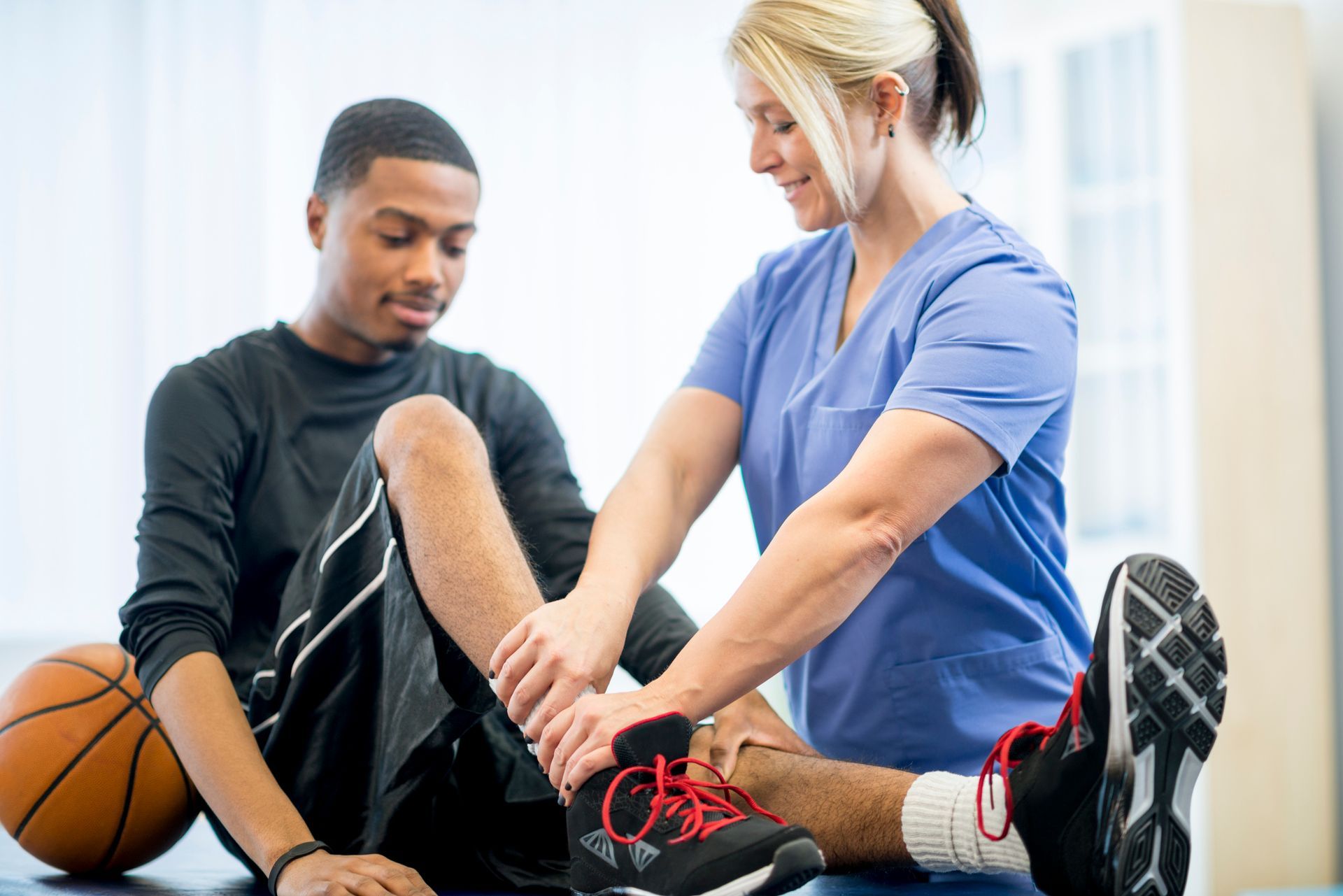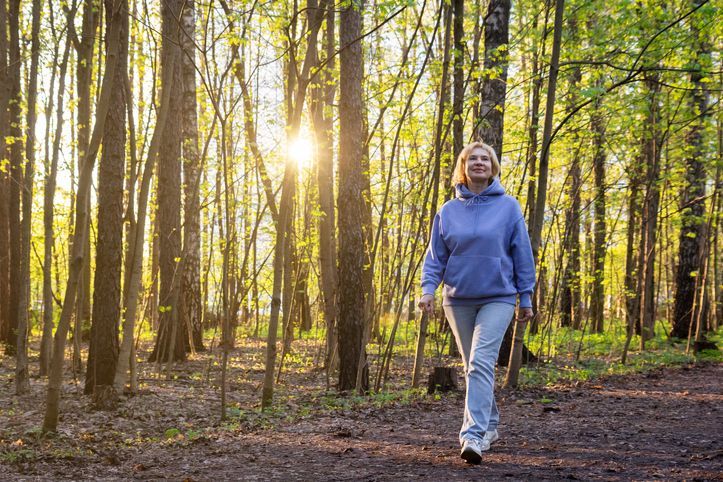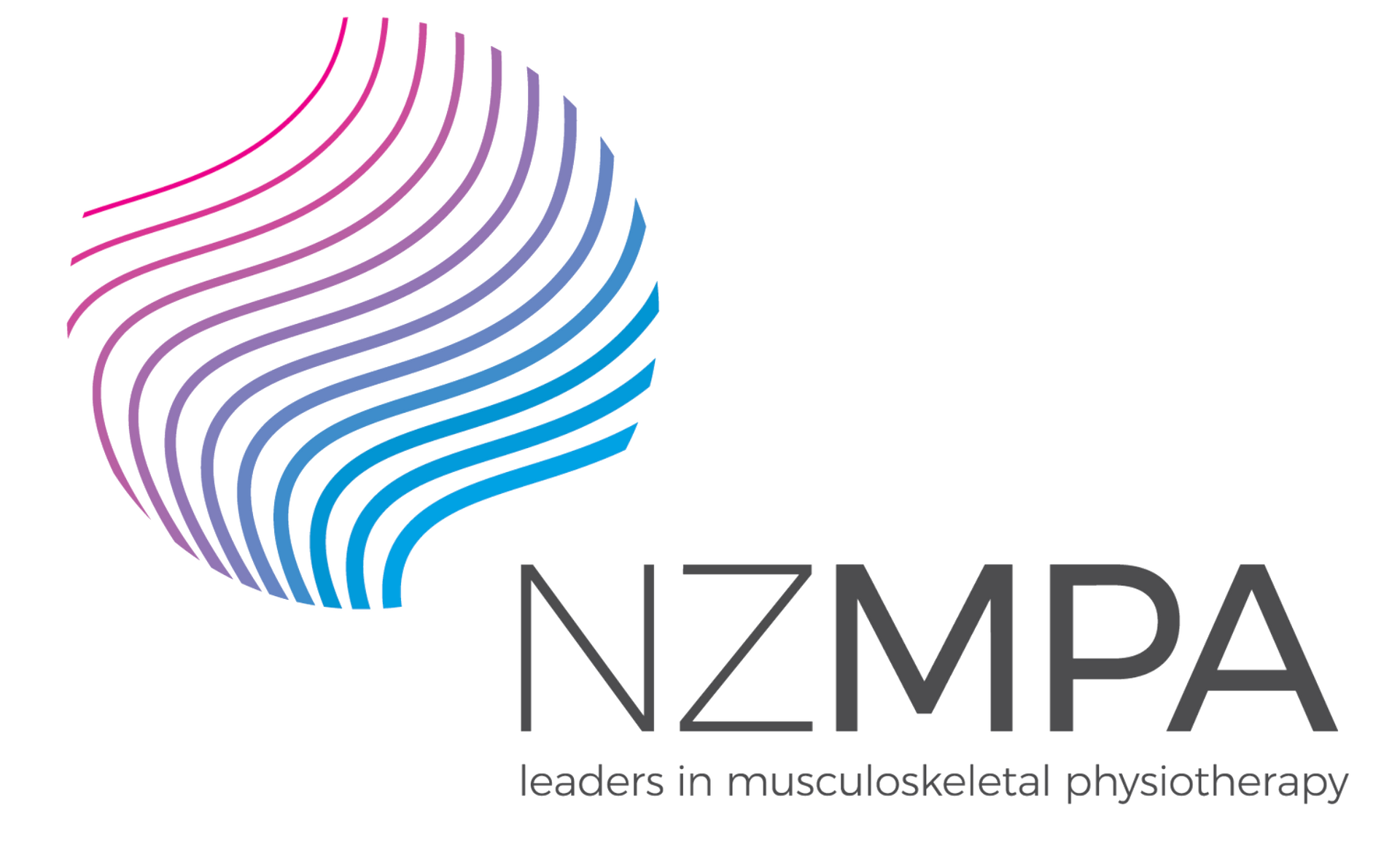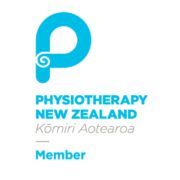Latest News & Insights
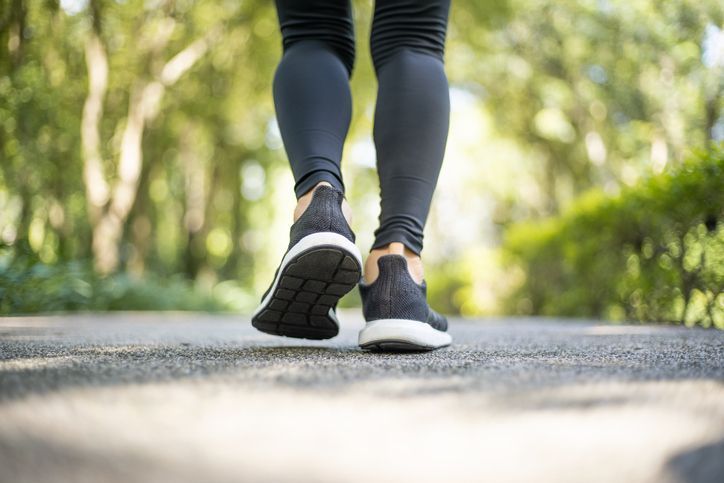
What could we do every day to reduce the need for us to see the doctor? WALKING! A simple, cheap, and effective method. The World Health Organisation (WHO) has physical activity guidelines for every age, for 18-64-year-olds they are the following: At least 150-300 minutes of moderate-intensity aerobic physical activity Or at least 75-150 minutes of vigorous-intensity aerobic physical activity. And walking is one cheap way to achieve these recommendations. For these recommendations that would be five 30-minute walks per week. Now that may seem daunting to achieve. But small steps in the right direction can lead you into this, even starting off with one walk a week to get going, as behaviour change is no easy feat! It is said that a task or activity takes an average of 66 days to become a habit so starting off small is a good first step (no pun intended). The benefits of regular physical activity are lengthy, here are a few: Reduced hypertension (high blood pressure) Reduce cardiovascular disease and cardiovascular mortality (strokes, heart attacks, diabetes etc) Reduced risk of many cancers (bladder, breast, colon, endometrial, oesophageal, gastric, and renal) Improved muscular and cardiorespiratory fitness Improved bone and function health Improved sleep Reduced risk of falls Improved mental health (reduced anxiety and depression) Meeting these guidelines can lead us to live a healthier and more balanced lifestyle and reduce the need to see the doctor regularly. References: Lally, P., Van Jaarsveld, C. H., Potts, H. W., & Wardle, J. (2010). How are habits formed: Modelling habit formation in the real world. European journal of social psychology, 40(6), 998-1009. Physical activity. (2020, November 26). Www.Who.Int. https://www.who.int/news-room/fact-sheets/detail/physical-activity
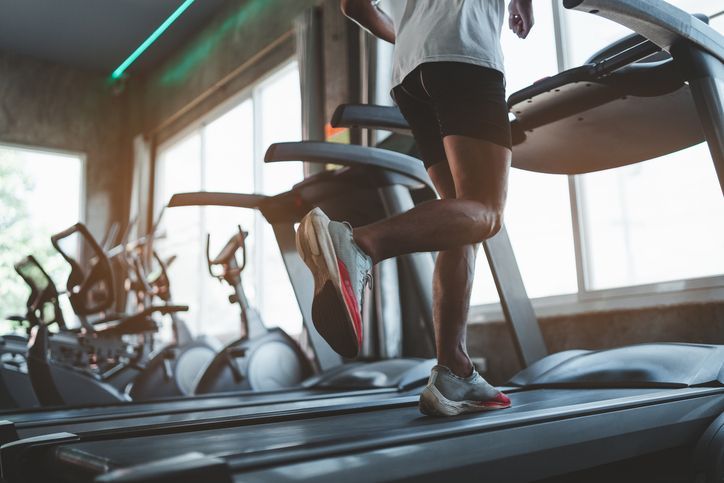
We physios see a lot of gym-related injuries and ongoing pains, particularly in the shoulder. Personally speaking, most of these appear to occur in young males. This is largely due to one reason: over-training the chest in pursuit of either; a massive chest that looks good in the mirror, or a massive bench press that looks good on Instagram. Soon enough they all learn that this is a terrible approach (it took me a while). I’m here to help you learn quickly. The shoulder is a complex joint but I’ll do my best to simplify it. Most shoulder pain is to do with a little tunnel in the shoulder. The top of the tunnel is a part of the shoulder blade (Acromion) and the bottom of the tunnel is your arm bone (Humerus). Have a look at the picture beneath. You’ll see the rotator cuff running through the tunnel. This picture hasn’t included the rotator cuff’s best friend, the bursa, another important soft tissue structure. If the tendon or the bursa get squeezed between the sides of the tunnel often, they’ll get irritated and painful.
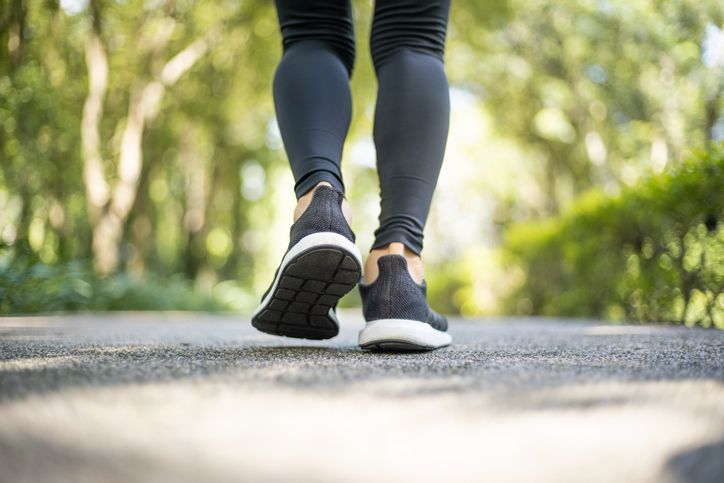
BOOTY BAND WALKS AS SEEN ON ADAM MEAKINS “The Sports Physiotherapist” ( https://thesports.physio ): For all three of these exercises you’ll need either a blue or black resistance band/theraband depending on how strong your glutes already are. The best place for these exercises at home is in your hallway because you’ve got room to go up & down. The best place for these exercises at home is in your hallway because you’ve got room to go up & down. THE CRAB WALK: In your hallway stand side-on & tie the resistance band around your ankles. Stand in a semi-squat with feet just wider than hip width apart (you don’t need to be in a full squat but your knees need to be bent & they need to stay that way the whole time Now step sideways down the hallway while remaining in the semi squat the whole time. Do 10 steps to the left, then 10 steps to the right, rest for 30secs & repeat three times. VIDEO FROM ADAM MEAKINS: https://www.youtube.com/watch?v=JDHiqwItrsM&feature=youtu.be THE WALTZ WALK: In your hallway stand front-on & tie the resistance band around your ankles. Stand in a semi-squat with feet just wider than hip width apart (you don’t need to be in a full squat but your knees need to be bent & they need to stay that way the whole time). Now bring one foot in towards the other & then push out & forward on a 45 deg angle, then repeat these steps with the other leg. Do 10 steps forward, then do 10 steps backwards in the same fashion, rest for 30secs & repeat three times. VIDEO FROM ADAM MEAKINS: https://www.youtube.com/watch?v=JzGBo_oeS40 THE PEED PANTS WALK: In your hallway stand front-on & tie the resistance band around your ankles. Stand in a semi-squat with feet just wider than hip width apart (you don’t need to be in a full squat but your knees need to be bent & they need to stay that way the whole time). Now stand up on tip toes while maintaining the semi squat (you don’t need to be up high on tip toes but heels need to be off the ground). Now step one foot forward at a time. Do 10 steps forward, then 10 steps backwards in the same fashion, rest for 30secs & repeat three times. VIDEO FROM ADAM MEAKINS: https://www.youtube.com/watch?v=wJaXqyXKXdU
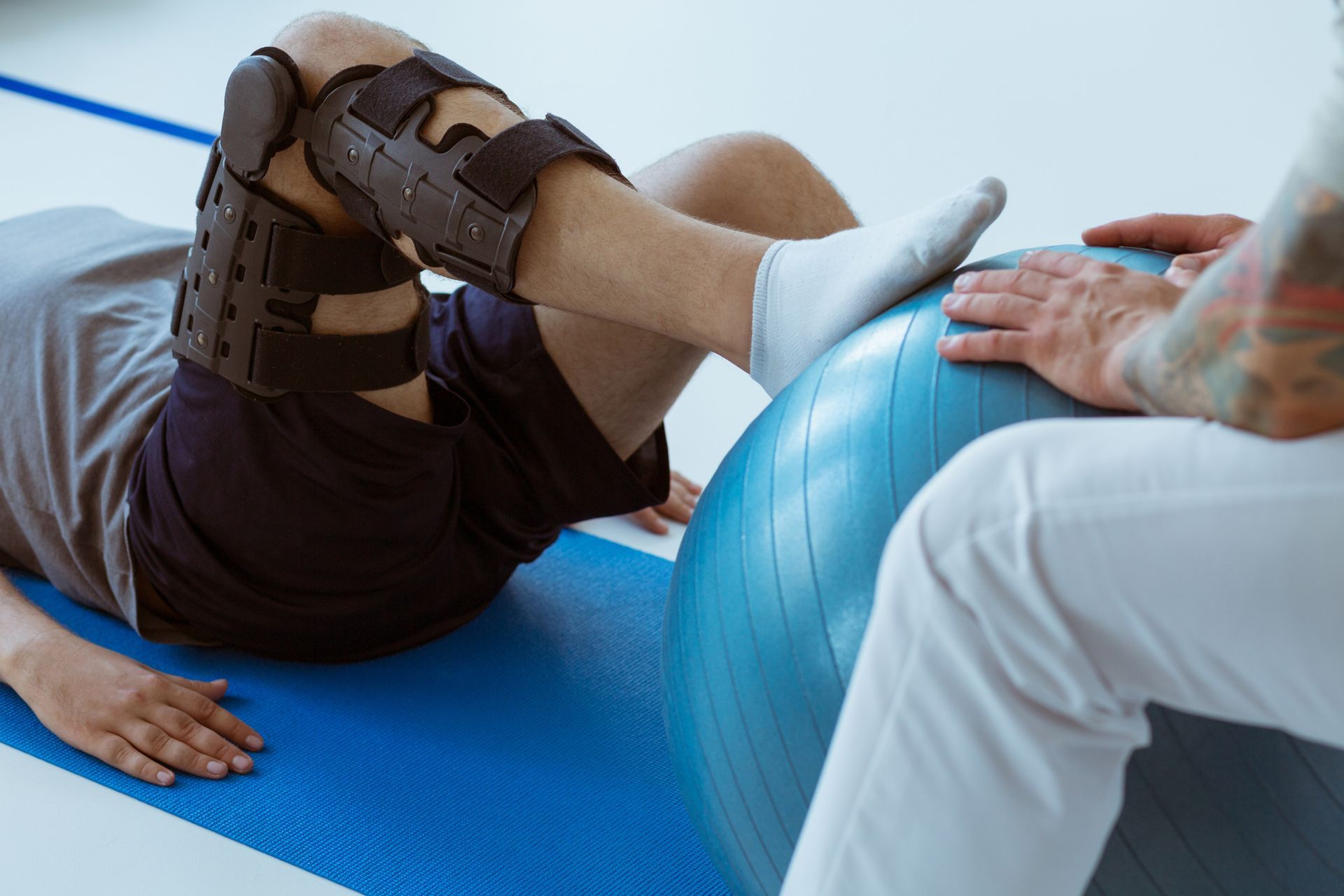
The body content of your post goes here. To edit this text, click on it and delete this default text and start typing your own or paste your own from a different source. Muscle strains/tears: Grade 1= 2-8 weeks Grade 2= 2-4 months Grade 3= 9-12 months Ligament sprains/tears: Grade 1= 2-8 weeks Grade 2= 2-6 months Grade 3= 6-12 months Surgical graft (e.g. ACL)= 12+ months Tendon strains/tears: Acute= 2-6 weeks Subacute= 2-4 months Chronic (e.g. tendinopathy)= 3-9 months Tear/surgical repair or rupture= 4-12+ months Other tissue injuries: Bone/fracture= 6-12+ weeks Articular cartilage= 9-24 months Meniscus/labrum= 3-12 months Certain things will definitely affect how quickly your injury will heal including: the severity of your injury; how you load your injury (this is where we come in as we can guide you to how to best load your injury); movement patterns that are helpful or are hindering you (again we can help with this); good sleep, adequate hydration & good nutrition will all influence your recovery; as will any co-morbidities that affect your blood circulation (e.g. unmanaged diabetes. As you can see there is a large window of time for most of these injuries before complete healing & remodelling takes place, but that doesn’t mean you’ll be in pain or limited for that whole period of time- but it does mean you’re more at risk to reinjure the site of injury until the injury has completely healed & remodelled. **Full credit for this post goes to a fellow Physical Therapy company in the United States called Evolve Flagstaff (give them a follow on Instagram & book in with them if you’re over that way!). Here is the link to the full article where I sourced this information: https://www.evolveflg.com/articles/tissue-healing.**

